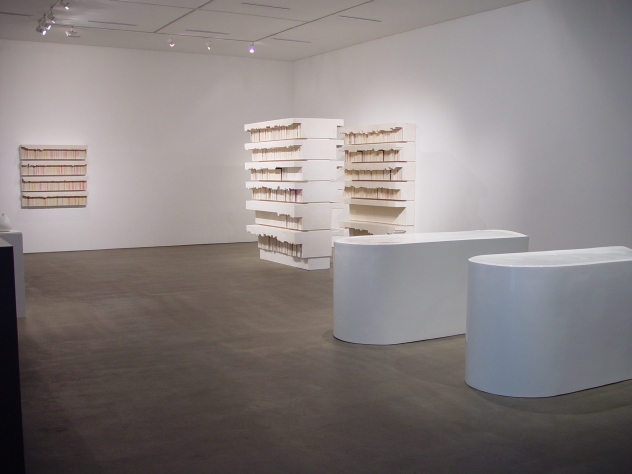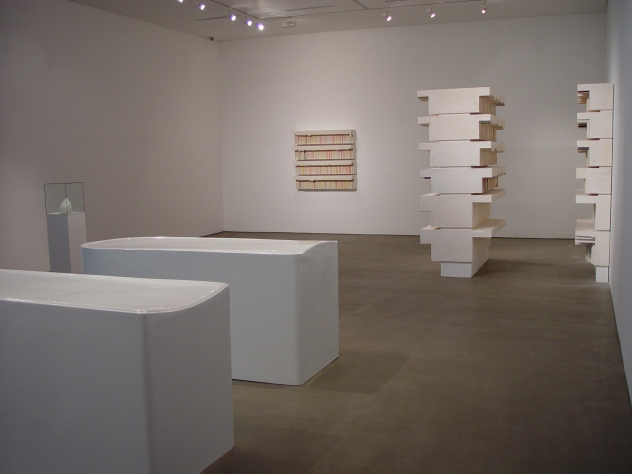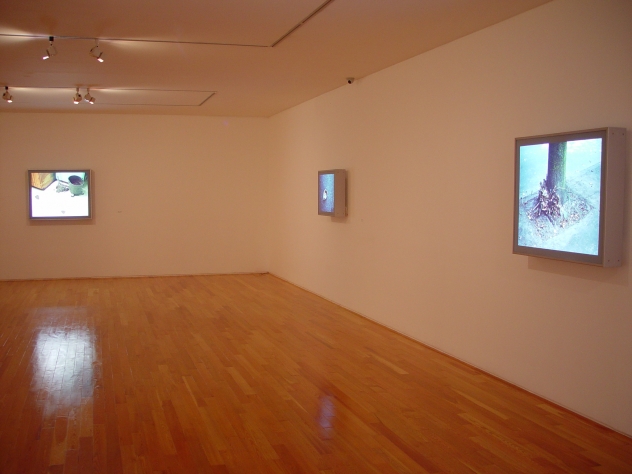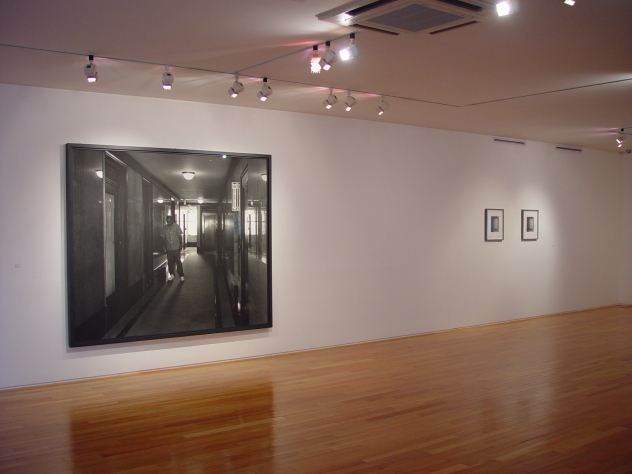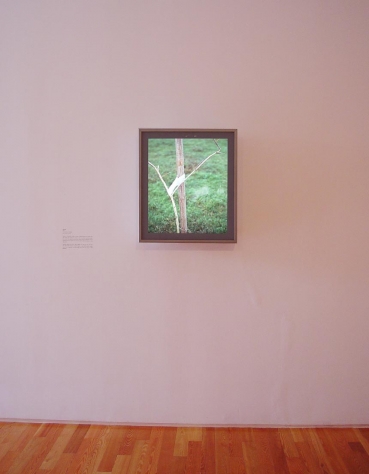Kukje Gallery is presenting photographer Jeff Wall and sculptor Rachel Whiteread to open the fall season in 2002. Jeff Wall's early work has been presented in Korea previously, first in 1994 at the National Museum of Contemporary Art and later at the Kwangju Biennale in 1995. And for Rachel Whiteread this is the first introduction of her work in Korea. Although the presentation of the two artists occupies separate exhibition spaces, there is a strong resonance throughout the exhibition in the way both artists take familiar and everyday objects and imagery as raw material to transform these into potent metaphors. The exhibition presents 10 pieces by Whiteread and 7 photographs by Wall.
Rachel Whiteread was the recipient of the prestigious Turner Prize in 1993 and represented Britain at the Venice Biennale in 1997. As a younger artist in her late thirties she is currently one of the most prominent and widely acclaimed sculptors.
Whiteread's work is simple and clear, sensitive and intelligent. She produces sculptures that take their shapes from such everyday household objects as the bed, bathtub, kitchen sink, bookshelf, vase etc. Whiteread first began casting negative space of a closet as she was experimenting with means of expressing in sculptural form her childhood experiences of sitting inside a dark closet--the comforting darkness that fully enveloped her was the essence that Whiteread aimed to capture in her early work.
Whiteread translates the void, the emptiness, the intangible into solid mass using plaster, bronze, and resin, and gives form and shape to hidden spaces, to the intangible. The artist presents new information about our world in her cast objects that are loaded with traces of everyday human life. The bare simplicity of her minimal sculptures is always a sign of life and death.
The work Untitled ; Trafalgar Square Plinth is a model of the public monument that Whiteread installed on one of the plinths at London's Trafalgar Square in 2001. She produced a transparent replica of the existing Victorian era plinth and turned it upside down. This simple and lucid shape was able to capture the imagination of viewers and was a highly popular and successful art project. With perfect equipoise, its inherent dualism of light and dark, weight and airiness, solid and translucency suggests further dichotomies like heaven and earth, corporeal and spiritual, obscure and lucid.
In her recent commissioned public sculptures Whiteread has been able to fuse monumentality with everyday simplicity, and her sensitivity to the specifics of a given site has contributed to the recognition of Whiteread as the most seminal sculptor in recent years The Canadian born photographer Jeff Wall was the first artist to use a light box in presenting photography in 1977. He notes of himself as "a painter of modern life". As a critic and art historian Wall's photographs are closely determined by the conventions of painting and cinema, and his work engages the viewer with issues of representation in photography and the photographed imagery as social codes. Wall is one of the most critically acclaimed photographer who has held retrospective exhibitions at the Museum of Contemporary Art in Chicago (1995), Jeu de Paume (1995), Museum of Contemporary Art in Helsinki (1996) and Whitechapel Gallery in London (1996), among others.
Jeff Wall's photographs stand out in any exhibition. His photographs are "installed"--the film is fixed onto a light box. The light, the glow emanating from the photograph absorbs and attracts the viewer's gaze. Despite its mundane subject matter and the fact that photography is a medium that can be mechanically reproduced, Wall's work has aura.
At first glance, Wall's photographs seem like snap shots but his images are actually carefully calculated and staged compositions. Whether it is an elaborate staging of a grand epic drama or a humble interior scene as in Diagonal Composition, nothing that enters the camera frame is left to arbitrary chance. Contrary to the perception of photography as a technical and faithful reproduction of reality, Wall is producing images of reality that are as composed as painting. Wall attempts to produce photographs that are made up of pure signs, devoid of ambiguity, chance and uncertainty.


